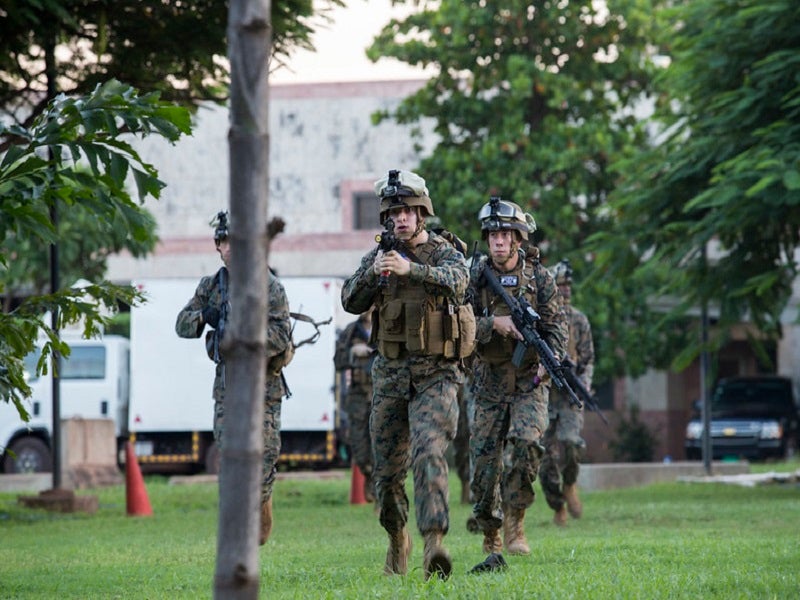
The US Navy’s Office of Naval Research (ONR) has tested a hydrogen fuel-generation prototype device at Marine Corps Base Camp Lejeune in North Carolina.
The move is a part of an initiative that seeks to convert aluminium into hydrogen fuel that can serve as a portable and readily available power source for the US Marines.
The prototype device is called hydrogen tactical refuelling point (H-TaRP).
During the demonstration, the US Marines received training on how to assemble and use the H-TaRP.
The device was developed by the Massachusetts Institute of Technology (MIT) Lincoln Laboratory under ONR Global TechSolutions programme.
The TechSolutions programme seeks to advance prototype technologies that may benefit the marines or sailors.
ONR Global TechSolutions programme director Jason Payne said: “ONR Global TechSolutions got involved with H-TaRP when the Marines expressed their desire to get fuel in an expeditionary environment.
“TechSolutions took the concept and reached out to our network of providers to create that solution, and MIT was chosen through a competitive process. TechSolutions provided the resources needed to develop a proof-of-concept prototype.”
Usually, the US Marines operate in extremely harsh environments with sophisticated equipment and weaponry. Most of these equipment operate on petroleum or battery.
H-TaRP can offer logistical benefits in such situations.
It features an aluminium dispenser, reactor vessel, water cooling system and a control system manifold to fill a hydrogen tank.
The device is comparatively lighter and will help in reducing the load for Marines. Additionally, it will lessen the need to carry additional petroleum during expeditionary missions.
Further development will continue to reduce the size of H-TaRP as well as extend operational time in order to meet Marine Corps requirements.



